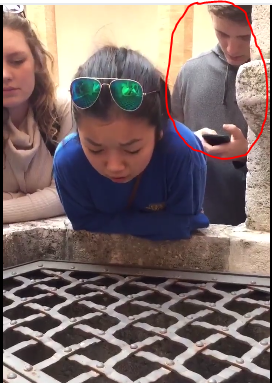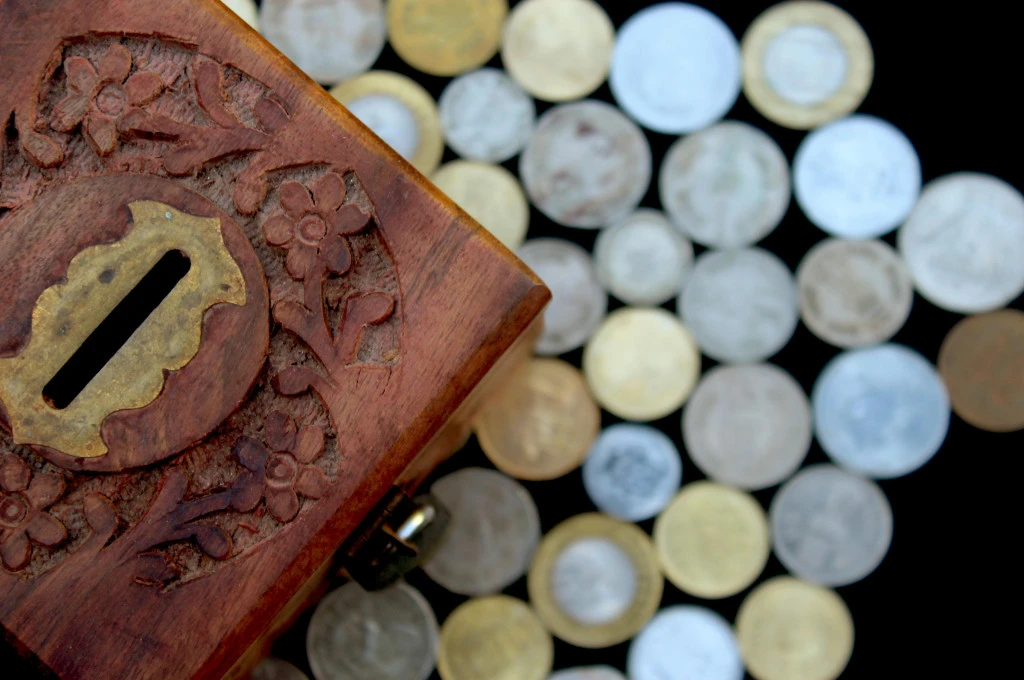The first thing I ever read describing the importance of communications was a cartoon that talked about how lack of advertising for your company was the same as winking at a girl in a dark room: you knew what you were doing, but nobody else did.
A large amount of time has passed since I read that, but it doesn’t make the comparison any less terrible. (Can we move past a narrative that involves a man running a business and creeping women out in the dark?)
So, here’s what I am proposing instead: Have you seen the viral video of the little girl singing into a well? Take 48 seconds to watch it.
Imagine, for a moment, that this echoing song is your nonprofit programme.
Imagine, for a moment, that this echoing song is your nonprofit programme. It is remarkable. You know this because you can see it and those around you know it because they can see it too.
Now, it just so happens that somebody in the crowd recorded this girl singing into a well. Because that person captured and shared the song, I was able to hear it, and I’m glad because now I know about something remarkable being created.
Someone used their phone to tell their friends about this cool thing they saw. Their friends then told other friends who told other friends and this went on until 16 million people were able to see this girl singing into a well.
Was the singing remarkable before the views? Of course it was. So what did the 16 million views do? They ensured that you and I got to share in that experience and, in all probability, they led to other people singing into wells too (think scaling impact).
You’ve got to talk about your nonprofit yourself.
What I’m saying is, it’s great when remarkable things are shared, but there isn’t always going to be somebody in the crowd who happens to record the work you do. You’ve got to talk about it yourself. And when it comes to your nonprofit programme, you have no reason to not be talking about it. Here’s why:
- You already know how: It is surprisingly common for people to treat knowledge and communication as two separate things. But, really, they’re not that different at all. Think about it. When you really know something, you have at some point, thought and talked about it to yourself.
- You can meet people where they are: Most people log in online before they brush their teeth in the morning. Use this to your advantage. Put your nonprofit online and meet your stakeholders wherever they are – be it on the train, at a bar, or in their bedroom.
- You don’t need to be a ‘good writer’: Good communications can and should be practised by everyone in your organisation, regardless of their writing skill level. You have knowledge, experience and very easy-to-use technology on your side – use it to explain what you do.
I know, this is much easier said than done. Don’t worry. Over the next few weeks, we will publish a series of detailed, do-it-yourself articles on how to create engaging content for both offline and online platforms.
In the meantime, here are three things that you can adopt immediately to help with your organisation’s communications.
1. Be consistent
Everyone who works at your nonprofit should be using the same words, or roughly the same words, when they describe what you do. How will you ensure that this happens? By having one, consistent answer to the question when it is asked to you. You should be able to explain what you do in under a minute, to anybody, without resorting to jargon.
2. Know when to use jargon
I used to be a big believer of getting rid of all jargon. That was until I realised how much faster and easier it is to say RMNCH+A than Reproductive, Maternal, Newborn, Child and Adolescent Health.
But here’s the thing. If you work in an organisation that deals with RMNCH+A issues, then you will know what that means. But if you don’t, chances are, you will hear me say it once, nod and smile, and then walk away.
So, keep a check on whether the people you are conversing with speak the same language of jargon as you do. Because when people are confused, they don’t fully engage.
3. Know your audience
More often than not, organisations create stunning, expensive collateral–reports, videos, pamphlets–without thinking about who they are meant for. So, the next time you set out to make something, think through the following:
- Who is this for? The key message being highlighted should differ depending on whether it is for donors, board members or other sector leaders. For example, for a corporate you would highlight programme outputs (rise in school enrollment) vs outcomes (improved reading levels) whereas, the opposite might be true when talking to your peers in the sector.
- How will I get it to them? The format of what you make should be based on where you are going to use it. For example, a video works better than a podcast at a conference, whereas a brochure works well in one-on-one meetings.
- Why am I making it? Whether you want people to visit your website, make a donation or attend an event, your call to action should be clear.
So, what next? Well, start here and stay tuned for articles that are more detailed and focused on particular platforms.
And rest assured that no matter how remarkable your programme, or how effective your communication skills, there will always be some dude standing by on his phone not caring at all.






